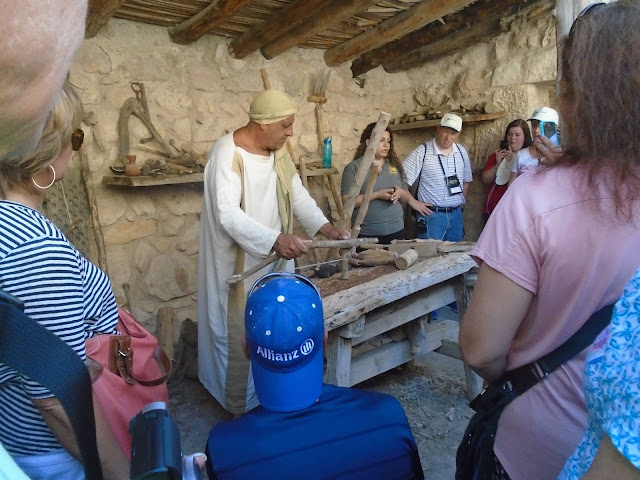The gifts have been unwrapped and the decorations will soon
be put away. We have reflected for a
time on the birth of Jesus and in a small way we have reflected on the
marvelous life of Jesus.
In reality, the search for Jesus will take us far beyond the
manger in Bethlehem. If we would truly follow the star we must go to
Nazareth, to Galilea, to Jerusalem, if only in our hearts.
We must find not only the infant Jesus, but Jesus the
man. We must find the fisher of men, the teacher, the leader, the
healer, the friend. We will find him by the sea of Galilea. We will
find him on the Mount of Olives. We will find him on the dusty
roads of Palestine. We will find him with the leper, the adulterer, the
crippled, the sick. Ultimately, if we would find Jesus, we
must follow the star to the Garden of Gethsamane, to Golgatha, and to the
Garden Tomb.
Our worship must take us past the manger to kneel at the
cross, for here he finished his work. The gift was
complete. This is the gift that matters most; the gift of all
gifts; the gift of the atonement of Jesus Christ. Without Easter there could
not be a Christmas. This is the gift of which the angels exhultantly
sang; good tidings of great joy which shall be to all people. Joy to the
World, the Lord is Come!
Jesus forever changed
the world. He has forever changed me.
“These things I have spoken unto you, that in
me ye might have peace. In the world ye shall have tribulation: but be of good
cheer; I have overcome the world.”
The glorious message of Christmas
is the Easter Message. It is the message
of the empty tomb. Like Mary Magdalene,
I have stood in the empty tomb, and I know now just as surely as Mary knew
then, that Jesus has overcome the world.
May we always feel the peace
that passeth all understanding in the sweet knowledge
that Christ has overcome the world.





















































